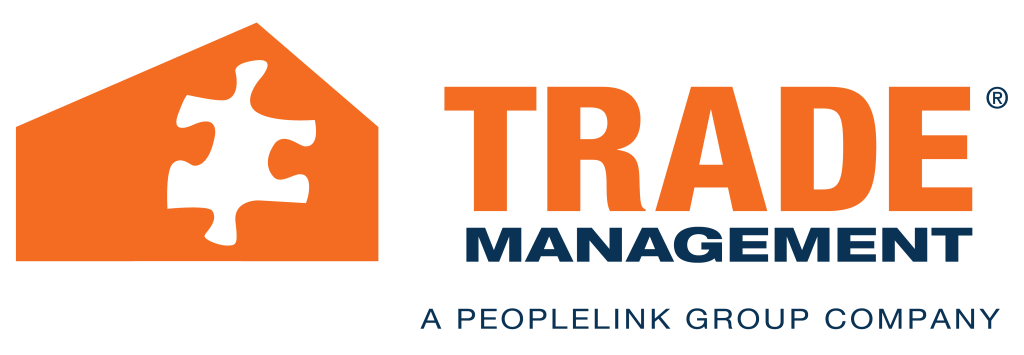
Employees wear personal protective equipment (PPE) to minimize exposure to hazards that can cause workplace injuries or illnesses. Examples of PPE include hard hats, safety glasses, earplugs, respirators, safety gloves, coveralls, vests, and safety shoes. PPE helps prevent injuries or illnesses that may result from contact with physical, chemical, mechanical, electrical, or radiological hazards.
Wear PPE suited to the task one is completing. The PPE should fit comfortably to provide safety and be properly cared for to maintain effectiveness.
Employers must train employees on the proper use and care of PPE, including when PPE must be used, which type to wear, and how to adjust and take it off properly.
Follow these best practices for using PPE on the job site.
Best Practices For Selecting PPE
Choose PPE based on your workplace hazards and the perceived level of risk. For instance, employees who operate large machinery should wear safety gloves to protect their hands.
Make sure the PPE is well-designed and made from quality materials. This helps protect against accidents and injuries.
Ensure the PPE is comfortable for your employees to wear. This includes offering sufficient airflow and avoiding heat stress. Otherwise, the equipment can distract from the work tasks and result in injuries.
The weight of the PPE affects your employees’ range of movement. Heavy PPE poses the risk of work fatigue, which impacts performance and productivity. As a result, lightweight equipment is preferred.
Make sure your employees can easily complete their tasks while wearing the PPE. The equipment should fit well and allow a full range of motion.
Best Practices For Fitting PPE
Order PPE according to the sizes your employees need. Take proper measurements and use the manufacturer’s sizing guide for assistance.
Ensure safety eyewear is comfortable. There should be no pinching on the nose or the side of the head, the lenses must cover the wearer’s eyebrows, and the lenses should not come into contact with the wearer’s eyelashes. Additionally, visibility must be clear in all directions, and the glass should remain in place during regular head movements.
When ordering footwear, consider that people often have different-sized feet, and it is crucial for safety shoes to accommodate the larger foot of an employee. Also, it is essential to measure the arch length of each individual and offer a range of shoe styles for maximum comfort.
Best Practices For Maintaining PPE
To maintain the effectiveness of personal protective equipment (PPE), it is important to utilize and store it correctly. Prior to storing reusable PPE, ensure it is properly cleaned.
Employees may conduct some maintenance, such as replacing shoelaces for their safety shoes. However, maintenance of specialized equipment, such as a harness, may need to be handled by the manufacturer.
Proper cleaning of PPE, especially clothing, helps maintain its effectiveness. This includes regularly cleaning the strips on high-visibility jackets, trousers, and coveralls to keep them reflective.
Employees should report any loss, destruction, or defect in PPE. They also should talk with a supervisor about anyone who is not wearing the required equipment.
Looking To Hire Skilled Tradespeople?
Collaborate with Trade Management to recruit experienced tradespeople whenever they are required. Learn more today.






